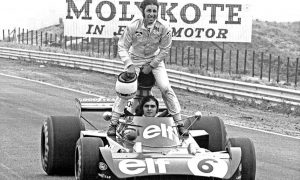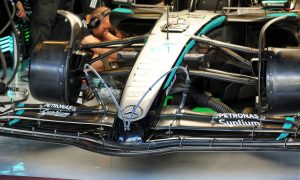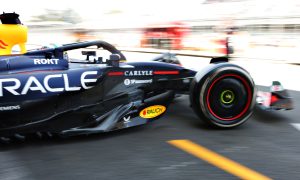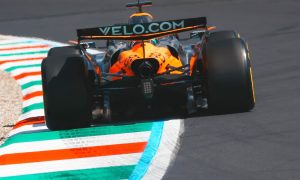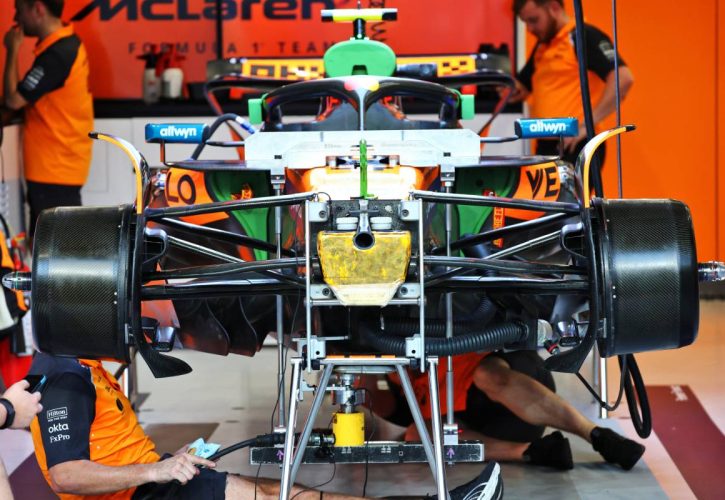
McLaren’s explosive start to the 2025 Formula 1 season – with five wins in the first six races – has convincingly positioned the papaya squad at the head of the battle for the world title in both championships.
The superior pace of McLaren’s MCL39 is clearly driven by superior tyre management, and has left rivals scrambling to uncover the secret behind its thermal degradation advantage.
Now, a novel theory has emerged suggesting that McLaren’s innovative brake cooling system, utilizing phase-change materials (PCMs), could be the key to Oscar Piastri and Lando Norris’ strength on race day.
The Tyre Management Edge
While McLaren hasn’t been notably faster than Red Bull or Mercedes in qualifying, its advantage grows over a race stint. At times, Piastri and Norris have managed tyre wear so efficiently that they’ve lapped nearly a second quicker than rivals in the latter stages of Grands Prix.
The core of McLaren’s edge appears to lie in their ability to keep tyre temperatures — and thus pressures — within the optimal operating window. With Pirelli’s compounds highly sensitive to heat, managing thermal degradation is naturally critical for race pace.
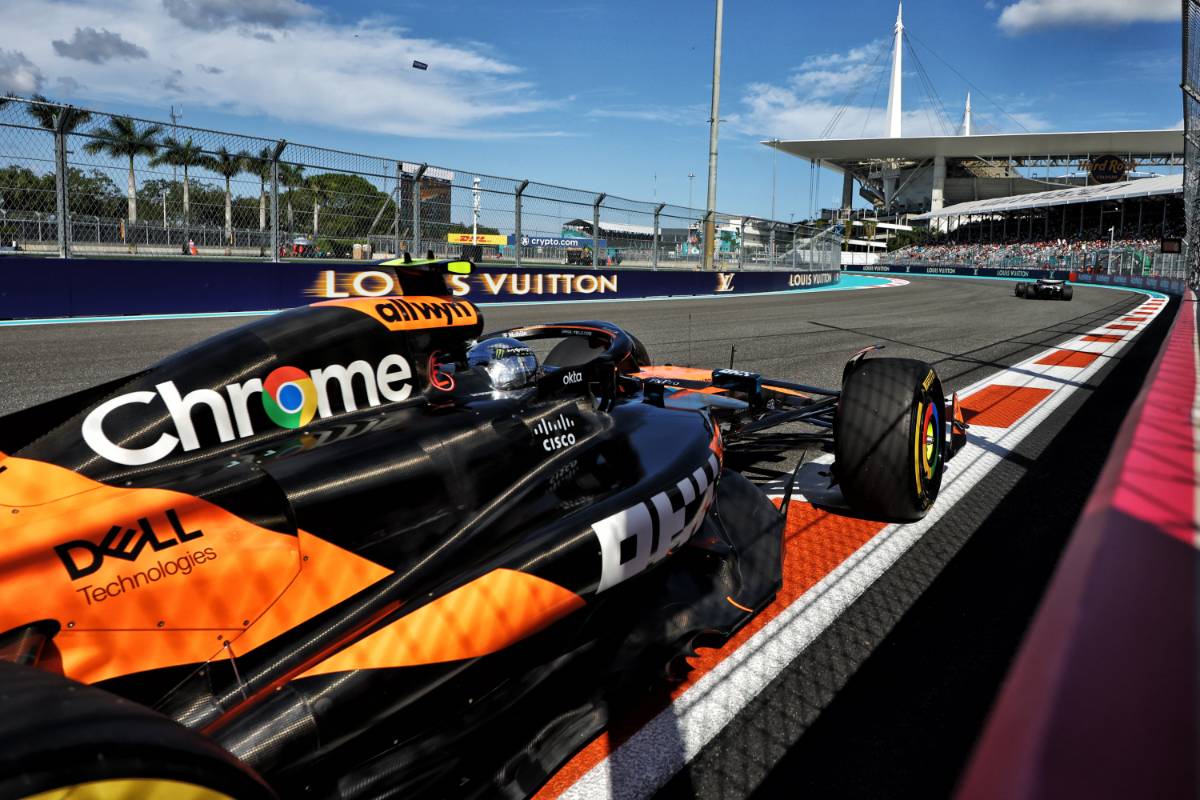
Speculation about McLaren’s methods intensified after last year’s Singapore Grand Prix, when a rival observed water squirting from a tyre, sparking unfounded claims of water-based cooling – a practice that would violate F1 regulations.
No evidence supported this, but attention has now turned to a far more technical and legal solution: cooling the brakes in a way that limits heat transfer to the tyres.
The Science Behind Brake Drum Cooling
This novel theory, which has caught the attention of rivals like Red Bull, centres on how McLaren may be using phase-change materials (PCMs) inside the brake drums of its MCL39.
These materials absorb significant amounts of heat without rising above a set temperature, by changing their physical state – from solid to liquid – at a precise threshold.
Motorsports engineer Martin Buchan, a former McLaren Advanced Technologies staffer and now an industry consultant, proposed the concept in a recent video published on YouTube.
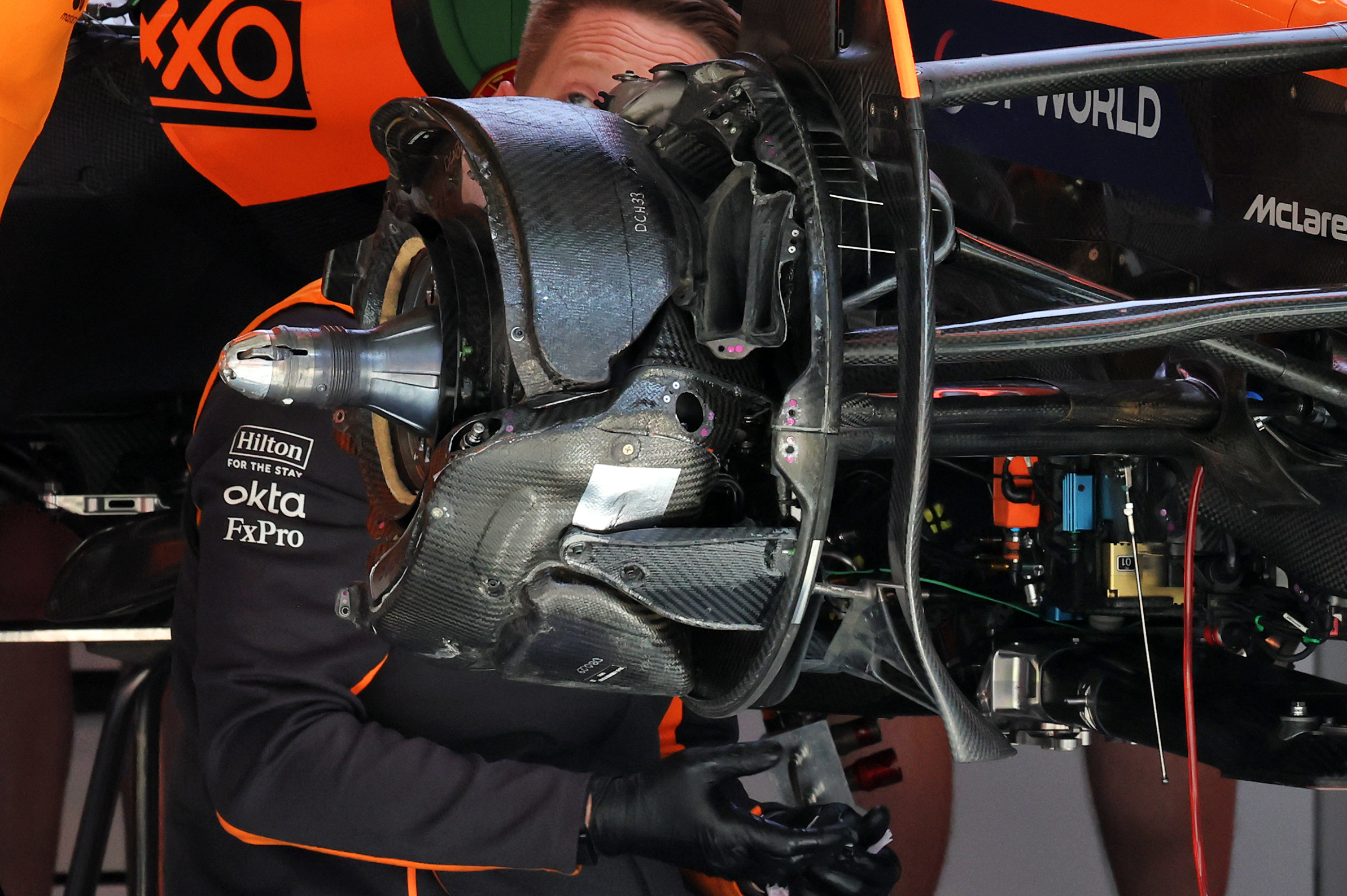
He previously wrote his doctoral thesis on PCMs for cooling high-voltage batteries, and now believes the same principle may be applied to brake drum cooling in F1.
This clever system would regulate the brake drum’s temperature by absorbing excess heat once it reaches a specific threshold, preventing further rise — and crucially, stopping that heat from being passed into the wheel rim and tyre.
Once the car cools down, the material re-solidifies, ready to perform again in the next session.
Because brake drum dimensions and shapes are strictly regulated in F1, but the cooling methods and internal materials aren’t, McLaren may be operating within the grey — but legal — area of the rules.
“The system is completely passive,” commented Buchan. “It doesn’t need an actuator or electricity, and who looks inside a drum cover? And because the inside design material is free, this system is legal.”
If Buchan’s theory holds true, the use of PCMs could explain how McLaren controls tyre heat so precisely during long runs, but sees less benefit in qualifying, when brake heat doesn’t accumulate to the same extent.
Intriguing Concept but Likely Illicit
The concept is intriguing, with accessible materials and cutting-edge technology sparking curiosity. However, when scrutinized against the fine print of the FIA, the idea instills doubt, to say the least.
Two key areas of the technical rules come into play, though one might invite some debate. F1 teams face restrictions on permissible materials, with Article 15 designed to prevent the pursuit of costly, exotic substances in the chase for performance.
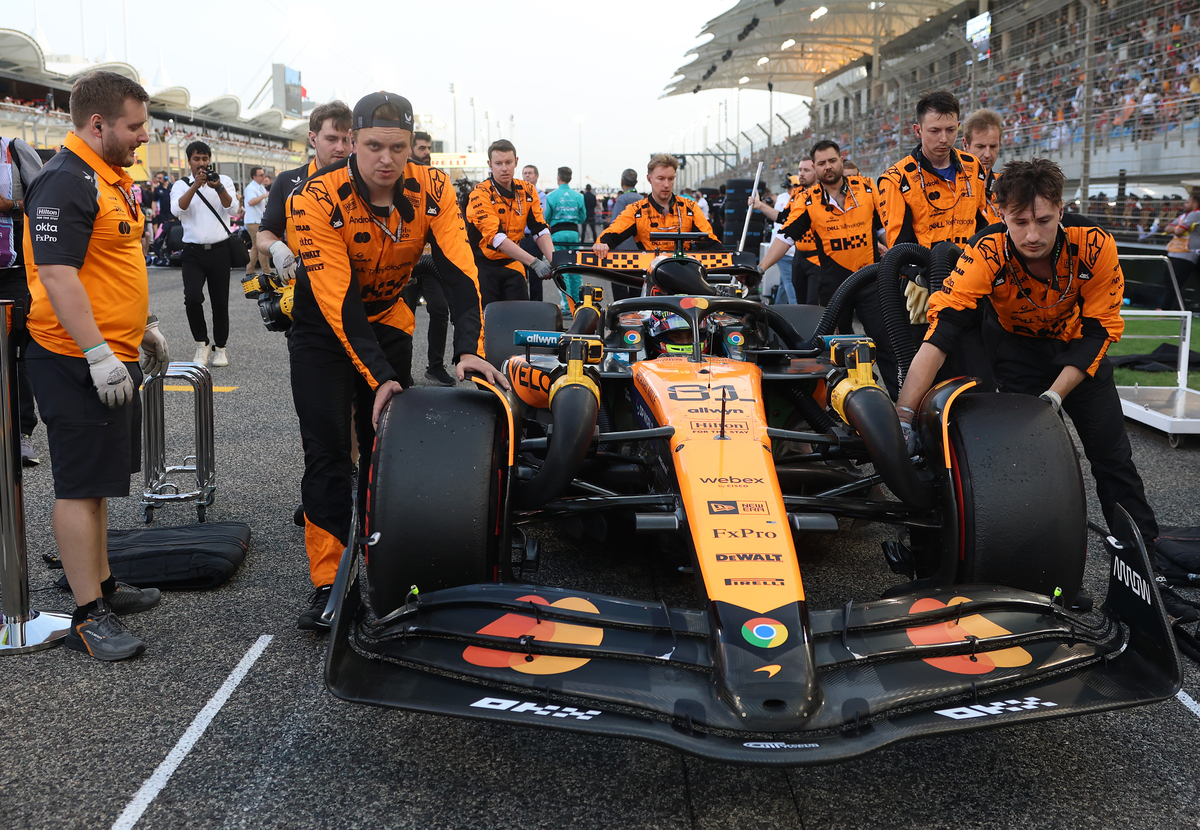
©McLaren
Certain materials, including metal matrix composites, beryllium-containing additive manufactured materials, and 3D fibre-reinforced polymer composites, are explicitly banned.
And… phase-changing materials also fall under scrutiny, as Article 15.4.1b prohibits “shape memory materials except for piezoelectric materials used in electrical sensors.”
More critically, using a phase-change material that transitions from solid to liquid to cool brakes or tyres would violate Article 11.5, which clearly states: “Liquid cooling of the brakes is forbidden.”
“We believe that the only permitted method of cooling brakes, wheel drums, or tyres is airflow generated by the forward movement of the car,” noted an FIA representative, speaking to The Race.
Red Bull Watching, Rivals Wondering
Red Bull has publicly admitted to using thermal cameras to monitor rival brake temps during pit stops — and McLaren’s drums were notably cooler.
It may also explain why Red Bull’s Max Verstappen has suffered intermittent brake issues in recent races – most notably in Miami – as the Milton Keynes-based outfit possibly experiments with a similar concept in response.
If McLaren’s cooling system is the root of its tyre-friendly race pace, it's only a matter of time before others follow suit.
But until then, the MCL39’s low-heat brilliance might just preserve Team Papaya’s advantage and keep its drivers ahead of the field on Sundays.
Keep up to date with all the F1 news via X and Facebook



